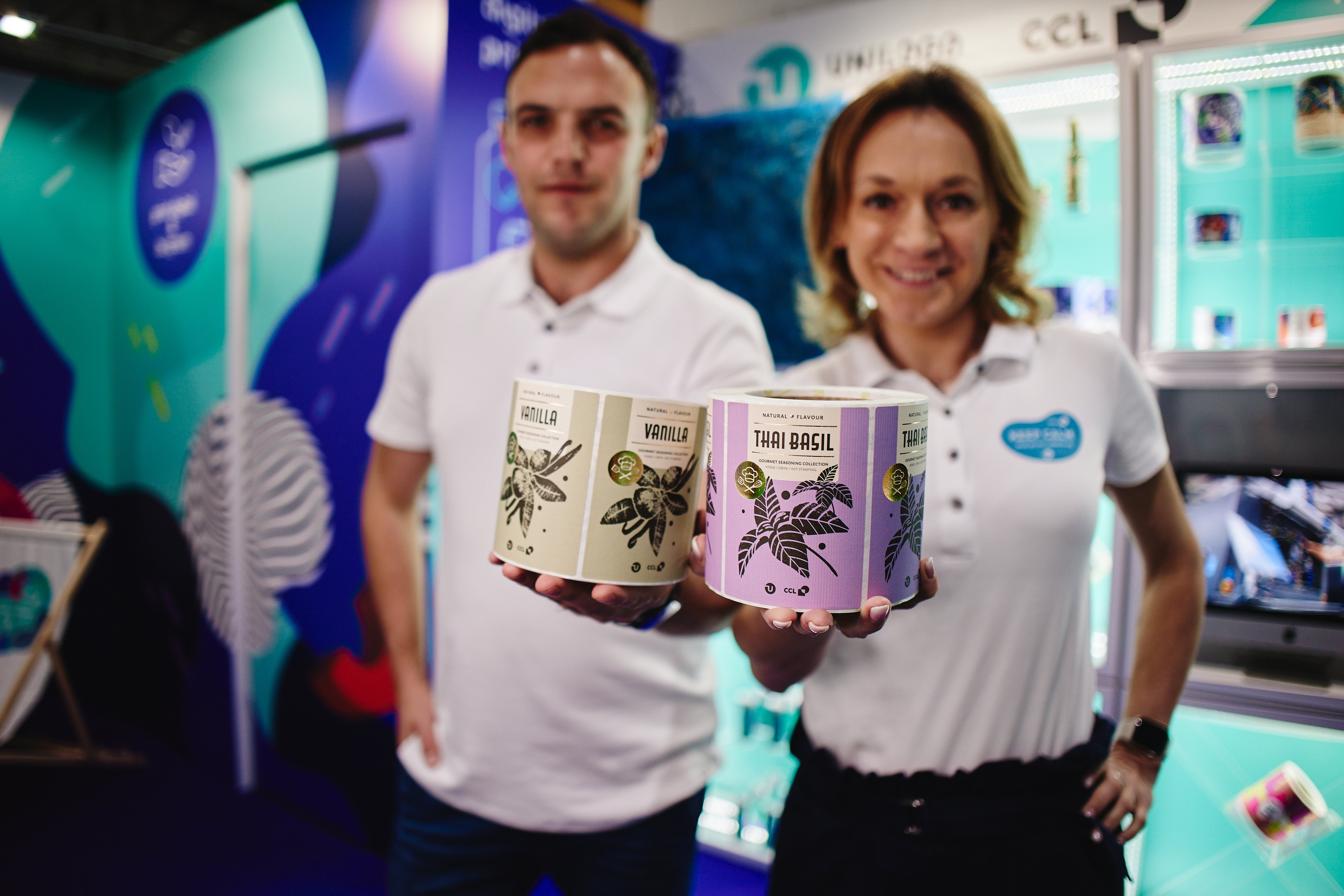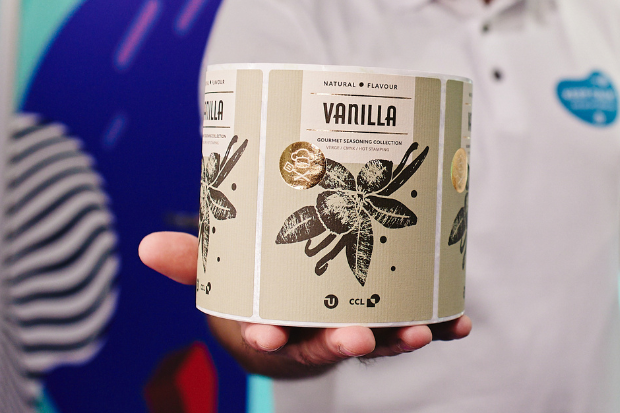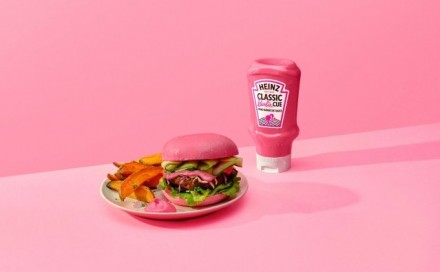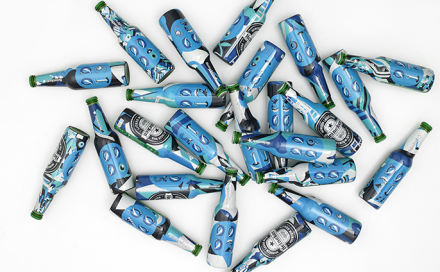Minimalism in packaging – simplicity and elegance
The modern consumer is bombarded with a barrage of information and stimuli at every step. In this overloaded market landscape, product packaging must stand out to attract attention and build positive brand associations. Increasingly manufacturers are going for a minimalist approach in packaging design, moving away from flashy, overstuffed graphics in favour of simplicity and elegance. But is minimalism just a temporary fad or a permanent change in the packaging industry?

When was minimalism created and what does it mean?
Minimalism, although popular in packaging design today, has its roots in the 1960s and 1970s, when artists abandoned complex forms in favour of simple shapes and colours. In the context of packaging design, minimalism means moving away from complicated graphics, bright colours, and information overload in favour of clean lines, muted colours, and focus on key product features. Rather than overwhelming the consumer, minimalist packaging is designed to attract attention with its elegant simplicity and clear message.
What does minimalism offer us?
Minimalism in packaging design brings a number of benefits to both the manufacturers as well as consumers. In a visually overloaded shop environment the minimalist packaging stands out from competing products. In addition, it reflects such brand values such as environmental care, modernity, or unobtrusive luxury. It represents a coherent element of the company’s overall visual identity. Keeping information to a minimum allows consumers to quickly and easily identify key product features.
The clarity and simplicity of the message make it easier to make a purchase decision. Minimalist packaging often uses fewer materials, resulting in lower production costs and a positive environmental impact.

Minimalism and simplicity
Minimalism in packaging design is also a thoughtful approach requiring an in-depth understanding of the brand, the product and consumer needs. Clean lines, subdued colour scheme and elements limited only to those that are essential form the pillars of this trend. At Unilogo Digital Printing, we also print minimalist self-adhesive labels that harmoniously combine aesthetics with functionality. In our offer you will find ecological labels that have been
created from recycled materials. Our solutions, using high-quality raw materials and modern printing technologies, help your brand stand out in the marketplace by communicating the values of sustainability and aesthetics. Minimalism in packaging is an ever-evolving trend, and at Unilogo Digital Printing we offer solutions that fit this direction harmoniously.
Minimalism in premium brand packaging
Minimalism is particularly evident in the packaging of premium brands, where elegance and simplicity are key to building an image of luxury. Brands like Apple and Aesop are distinguished by clean lines, muted colours, and high-quality materials. Minimalist packaging must meet high functional requirements. Often advanced technologies such as embossing or varnishing are used to achieve the desired visual effect. An example of minimalist labels are the designs created for the see your skin brand. Another example of the minimalist are the labels printed by us for the Dary Natury brand.

source: see your skin
Minimalism and ecology, or trends in minimalist packaging
Minimalism in packaging design meets the idea of sustainability. Packaging reduced to an absolute minimum, made of environmentally friendly easy-to-recycle materials are becoming increasingly desirable for the environmentally aware consumers. Ecological labelling and simple, unadorned packaging signal the brand’s commitment to the environment, pointing to the responsible use of resources. Self-adhesive labels made from recycled materials fit perfectly into this trend. The offer of Unilogo Digital Printing includes eco-labels made of recycled materials using modern printing technologies to make your brand stand out in the market.
The challenges of minimalist design
While minimalism in packaging design has many benefits, it is not free of challenges. Designers have to grapple with several important issues.
1. Standing out in the marketplace – in an era of the popularity of minimalism, manufacturers need to ensure that their packaging stands out from the growing number of similar simple designs. This can be expressed, for example, in typography or a single, distinctive embellishment.
2. Maintaining legibility – keeping information to a minimum can lead to loss of relevant product details. This involves the need for appropriate balancing communication.
3. Maintaining functionality – minimalist packaging must meet high functional requirements, such as product protection or convenience of use.
4. Adapting to market trends – consumer preferences are constantly changing, so manufacturers should flexibly adapt their packaging designs to current expectations.
5. Ensuring uniqueness – despite the desire for minimalism, packaging must maintain individuality and reflect the brand identity.
6. Cost optimisation – while minimalism can generate savings, achieving the desired visual effect sometimes requires the use of advanced and therefore costly technologies.
To meet these challenges, manufacturers and designers are endeavouring to combine creativity, knowledge of market trends and an in-depth understanding of consumer needs. Thanks to this minimalist packaging can effectively differentiate a product and build a desirable brand image.




